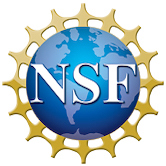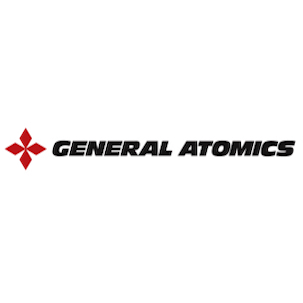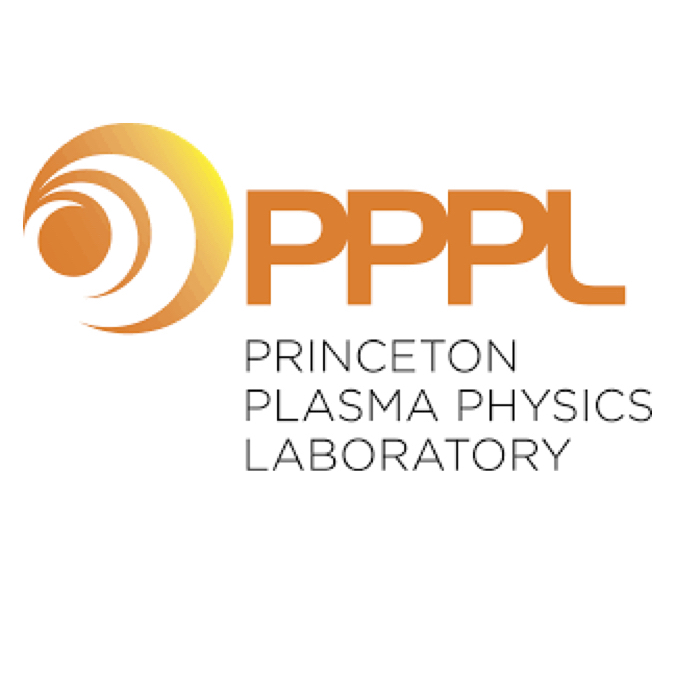Integration of MMMNet for NSTX-U into COTSIM to Enable Fast and Accurate Predictions for Scenario Planning and Control Applications
B. Leard, T. Rafiq, S. Morosohk, Z. Wang, E. Schuster
65th Division of Plasma Physics (DPP) Annual Meeting of the American Physical Society (APS)
Denver, CO, USA, October 30 – November 3, 2023
The Multi-Mode-Model (MMM) is a theory-based turbulent transport code
that calculates the electron and ion thermal, electron particle, impurity,
toroidal and poloidal momentum anomalous diffusivities. MMM encompasses
models for ion/electron gradient modes, trapped electron modes, peeling,
kinetic ballooning, microtearing, and high mode number MHD modes. Due
to its extended computation times, MMM is less suited for control applications
that require from very fast to real-time or faster-than-real-time prediction
speeds. To overcome this issue, a neural-network-based surrogate model
has been developed to reproduce the predictions by MMM at a fraction of
the computational cost. This neural network was trained on TRANSP shots
derived from experimental data from the 2016 NSTX-U run campaign with
diffusivities calculated using MMM9.1. MMMNet for NSTX-U has been shown
to capture the majority of the behavior of MMM while drastically reducing
computation time [1]. In this work, MMMNet for NSTX-U has been integrated
in the Control Oriented Transport SIMulator (COTSIM). COTSIM captures
the dominant physics of the nonlinear plasma dynamics during a tokamak
discharge. Profile evolution comparisons are made between TRANSP, COTSIM+MMMNet,
and COTSIM+Coppi-Tang, demonstrating how MMMNet significantly improves
the prediction capabilities of COTSIM for NSTX-U.
[1] B. Leard, S. M. Morosohk, Z. Wang, T. Rafiq, E. Schuster, “Fast Neural-Network Surrogate Model of the Updated Multi-Mode Anomalous Transport Module for NSTX-U,” IEEE SOFE, Oxford, UK, July 9-13, 2023.
*Supported by the US DOE under DE-SC0021385







